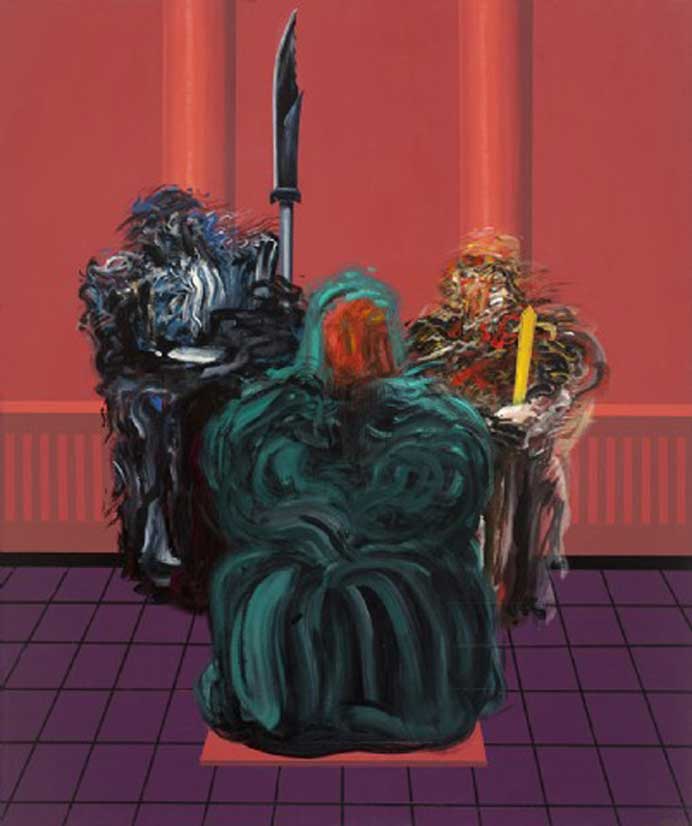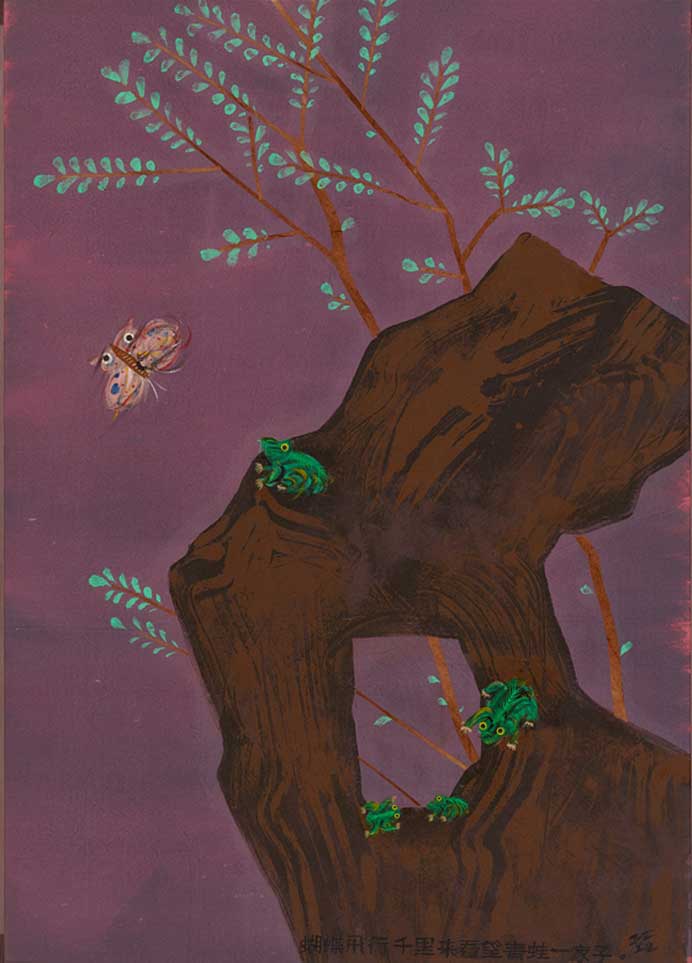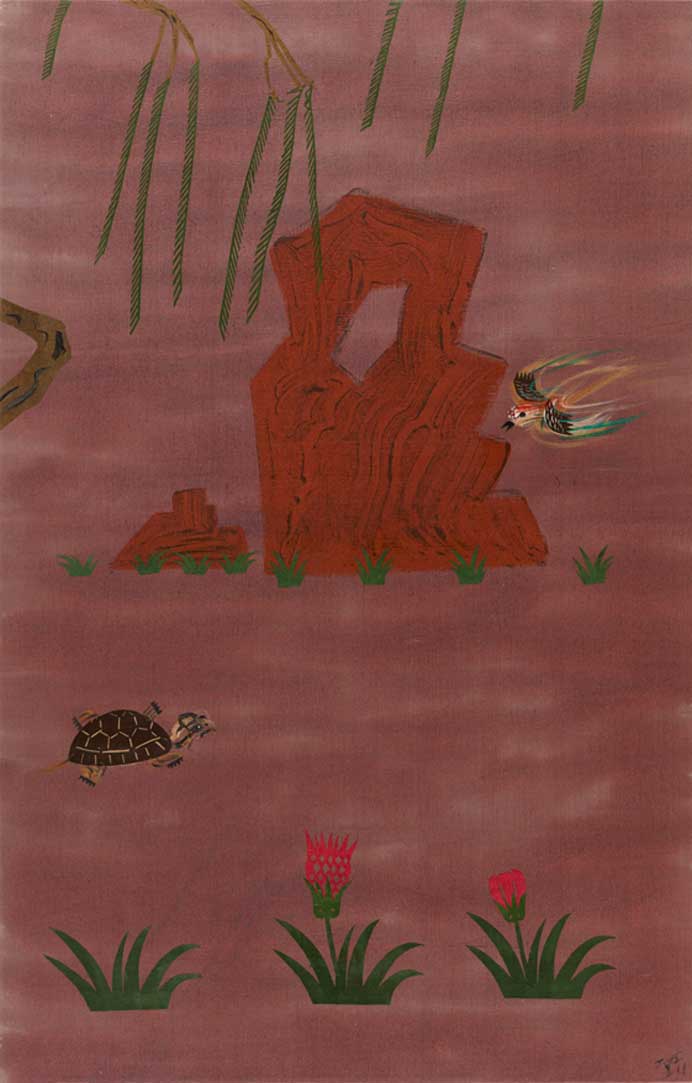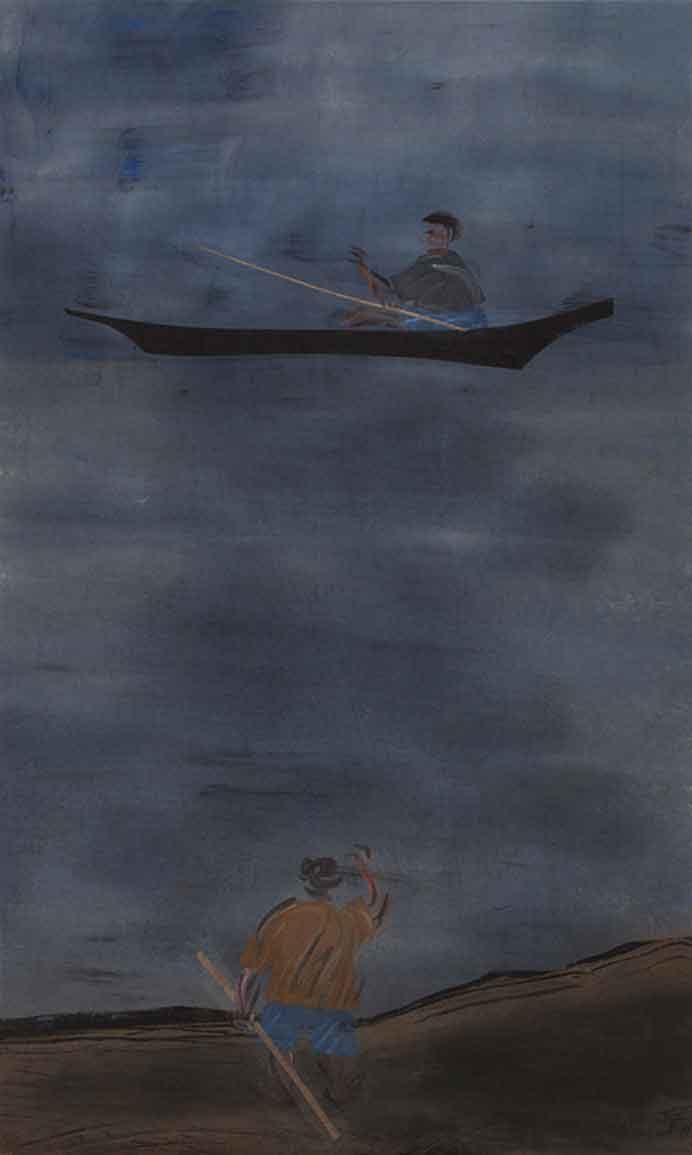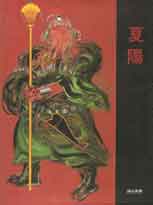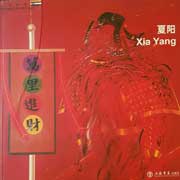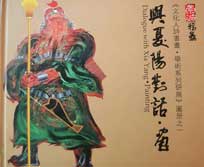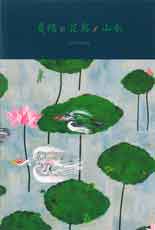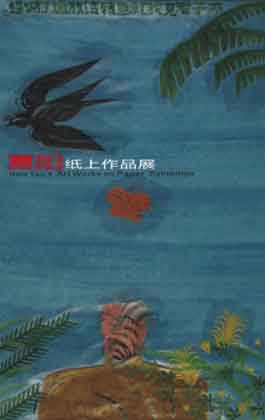Hsia Yan
夏陽
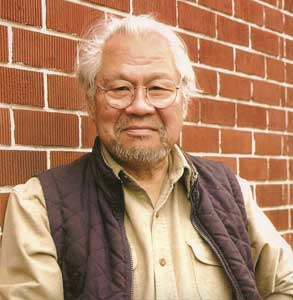
|
Hsia Yan 夏陽 pinyin Xia Yang |
|||||||||||||||||||
|
1932 |
Hsia Yan 夏陽 was born in Xiangxiang, in Hunan Province China.. |
||||||||||||||||||
|
Orphaned very young, he grew up in Nanjing.. |
|||||||||||||||||||
|
1949 |
He graduated from Nanjing Normal University. |
||||||||||||||||||
|
1951 |
He moved to study in Taipei, under the guidance of Li Zhong-Sheng, with innovative |
||||||||||||||||||
|
precepts. |
|||||||||||||||||||
|
1955 |
Although martial law had been imposed, Hsia Yan and seven other Chinese artists took, |
||||||||||||||||||
|
the risk of founding Ton-Fan, in pinyin dongfang huahui 东方画会 Orient Movement, |
|||||||||||||||||||
|
the First movement in Chinese Art, rather abstract Art. Fortunately the regime was |
|||||||||||||||||||
|
unfamiliar with Avant-garde Art, and the group was able to work. |
|||||||||||||||||||
|
1957 |
He participated in the 1st exhibition of the group Ton Fan in Spain. |
||||||||||||||||||
|
1963 |
He went to France and studied at E.S.B.A. Paris.. |
||||||||||||||||||
|
1968 |
He moved to the United States and was influenced by American photo-realism. |
||||||||||||||||||
|
|
|||||||||||||||||||
|
1992 |
He returned to Taiwan. |
||||||||||||||||||
|
|
|||||||||||||||||||
|
2000 |
He received the National Art and Culture Award from the Arts Foundation |
||||||||||||||||||
|
|
|||||||||||||||||||
|
2002 |
He moved to Shanghai and continued to explore different styles of Contemporary Art |
||||||||||||||||||
| He lives and works in Shanghai China | |||||||||||||||||||
|
Danièle Sicard |
|||||||||||||||||||
|
|||||||||||||||||||
| exhibitions selection | |||||||||||||||||||
|
1961 |
Mi-Chou Gallery New York United States |
||||||||||||||||||
|
1965 |
Solo exhibition Galerie du Haut-Pavé Paris France |
||||||||||||||||||
|
1967 |
Solo exhibition Galerie du Haut-Pavé Paris France |
||||||||||||||||||
|
1974 |
Solo exhibition O.K. Harris Works of Art New York United States |
||||||||||||||||||
|
1977 |
O.K. Harris Works of Art New York United States |
||||||||||||||||||
|
1980 |
Graphic Gallery Taipei Taiwan |
||||||||||||||||||
|
1982 |
O.K. Harris Works of Art New York United States |
||||||||||||||||||
|
1984 |
O.K. Harris Works of Art New York United States |
||||||||||||||||||
|
1987 |
O.K. Harris Works of Art New York United States |
||||||||||||||||||
|
1989 |
Cherng Ping Gallery Taipei Taiwan |
||||||||||||||||||
|
1991 |
Cherng Ping Gallery Taipei Taiwan |
||||||||||||||||||
|
1991 |
XXXV°Ton-Fan anniversary Taipei Taiwan |
||||||||||||||||||
|
1995 |
XXXX°Ton-Fan anniversary Kaoxhiung Taichung Taipei Taiwan |
||||||||||||||||||
|
1999 |
Commemorative exhibitionTon Fan Shangha Museumi Shanghai China |
||||||||||||||||||
|
2006 |
Solo exhibition Eslite Gallery Taipei Taiwan |
||||||||||||||||||
|
2006 |
Solo exhibition Shanghai Museum Shanghai China |
||||||||||||||||||
|
2008 |
夏阳 - 纸上作品展 exposition individuelle Eye Level Gallery Shanghai China |
||||||||||||||||||
|
2011 |
Solo exhibition Lin & Lin Gallery Beijing China |
||||||||||||||||||
|
2013 |
Derivations II : Unlimited Crossing Lin & Lin Gallery Beijing Chine |
||||||||||||||||||
|
2014 |
Abstract / Symbol / Oriental- Exhibition of Taiwan’s Masters of Modern Art Lin & Lin Gallery |
||||||||||||||||||
|
Beijing China |
|||||||||||||||||||
|
2015 |
Force 12 Hurricane Ming Yuan Museum Shanghai China |
||||||||||||||||||
|
2016 |
Fifteen Years of Eye Level Artists Eye Level Gallery Shanghai China |
||||||||||||||||||
|
2017 |
Time Machine: Moment Light Camera From Classical to Contemporary Photography |
||||||||||||||||||
|
Taipei Fine Arts Museum Taiwan |
|||||||||||||||||||
|
2018 |
25.08 21.10 Journey to Art - Solo exhibition Taipei Fine Arts Museum Taiwan |
||||||||||||||||||
|
|
|||||||||||||||||||
|
|
|||||||||||||||||||
|
|
|||||||||||||||||||
|
|
|||||||||||||||||||
|
|
|||||||||||||||||||
All rights reserved © chinesenewart Paris Legal Notices ![]()
